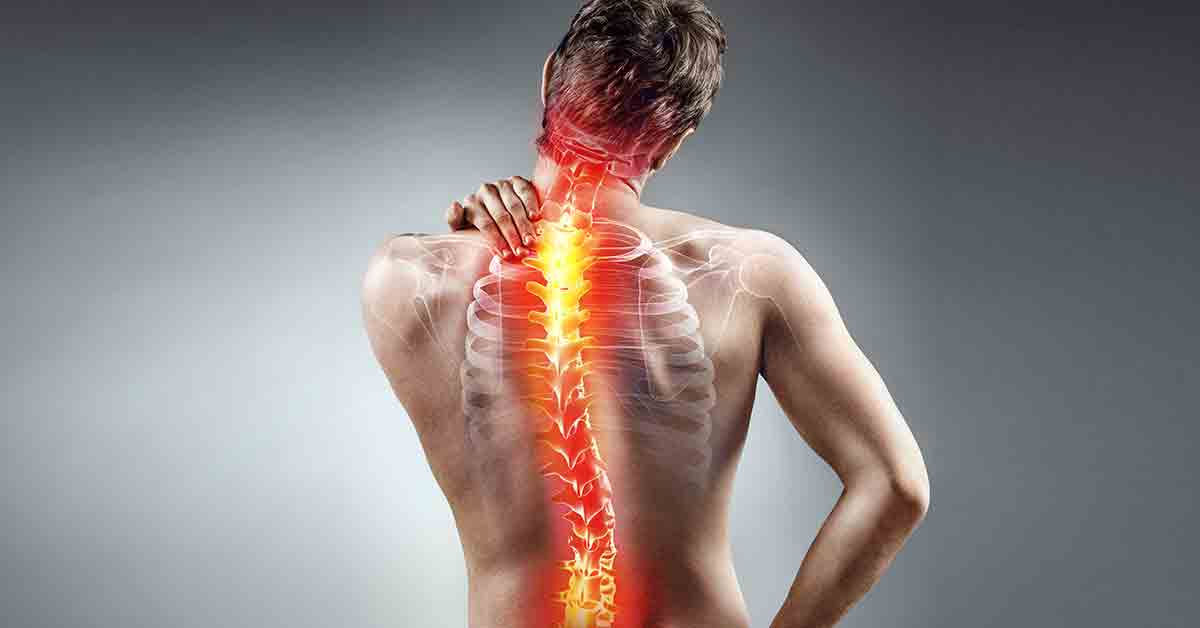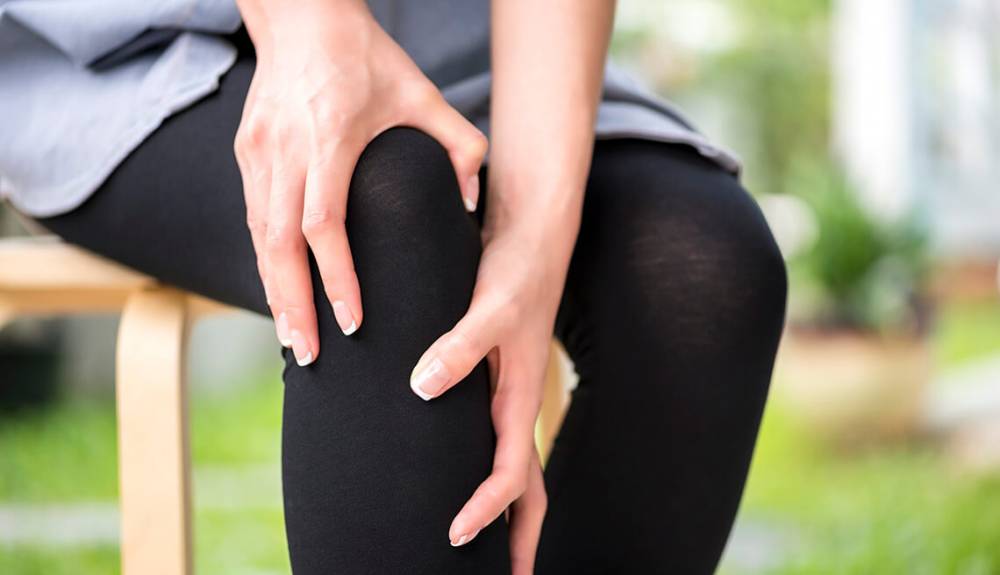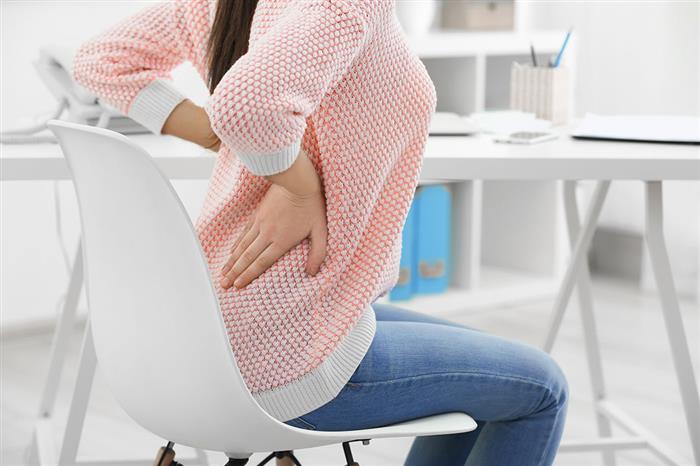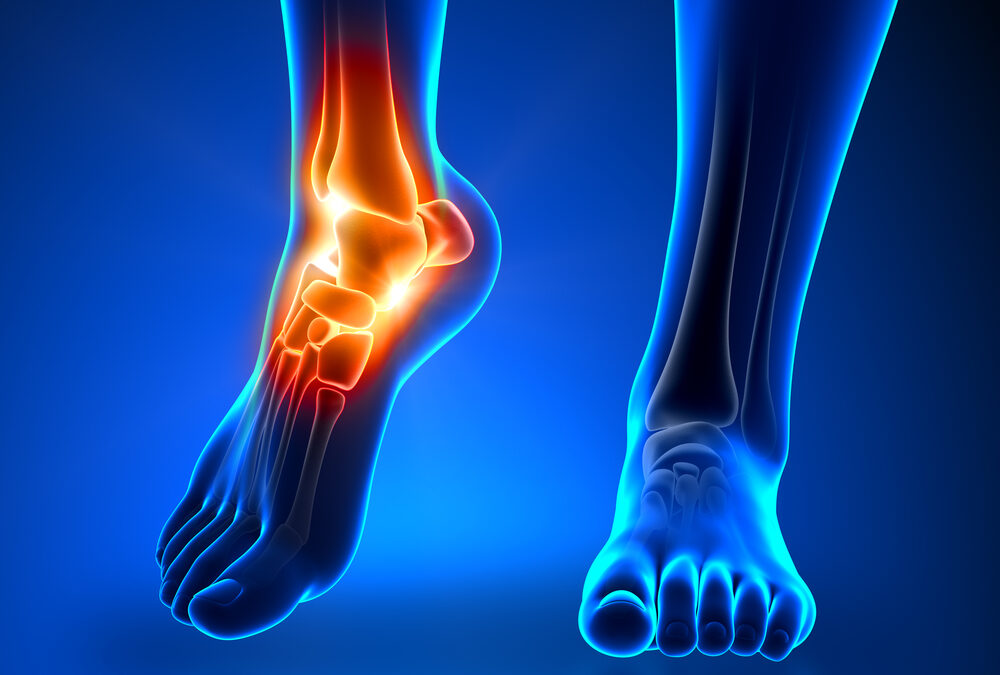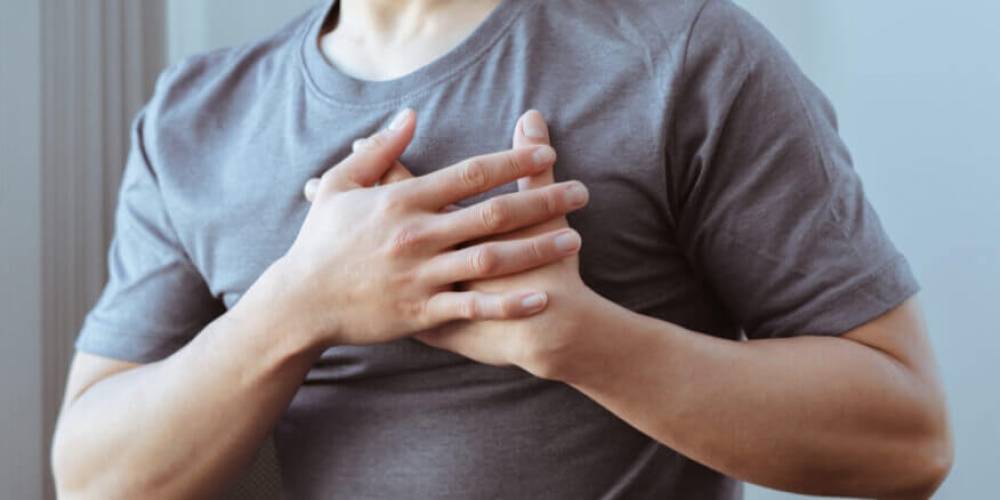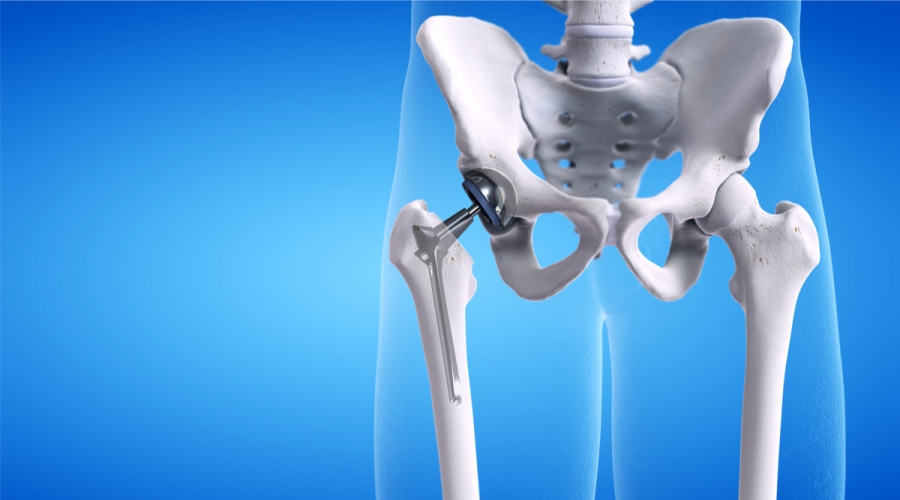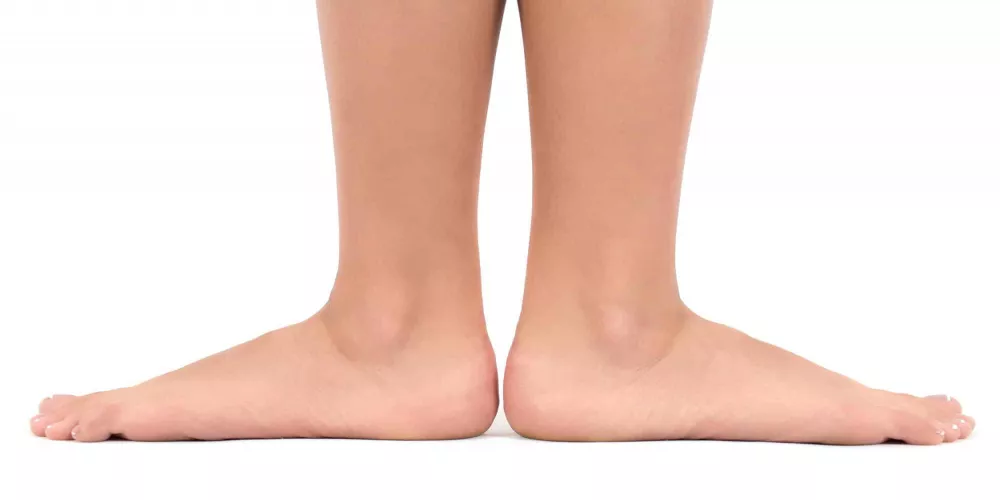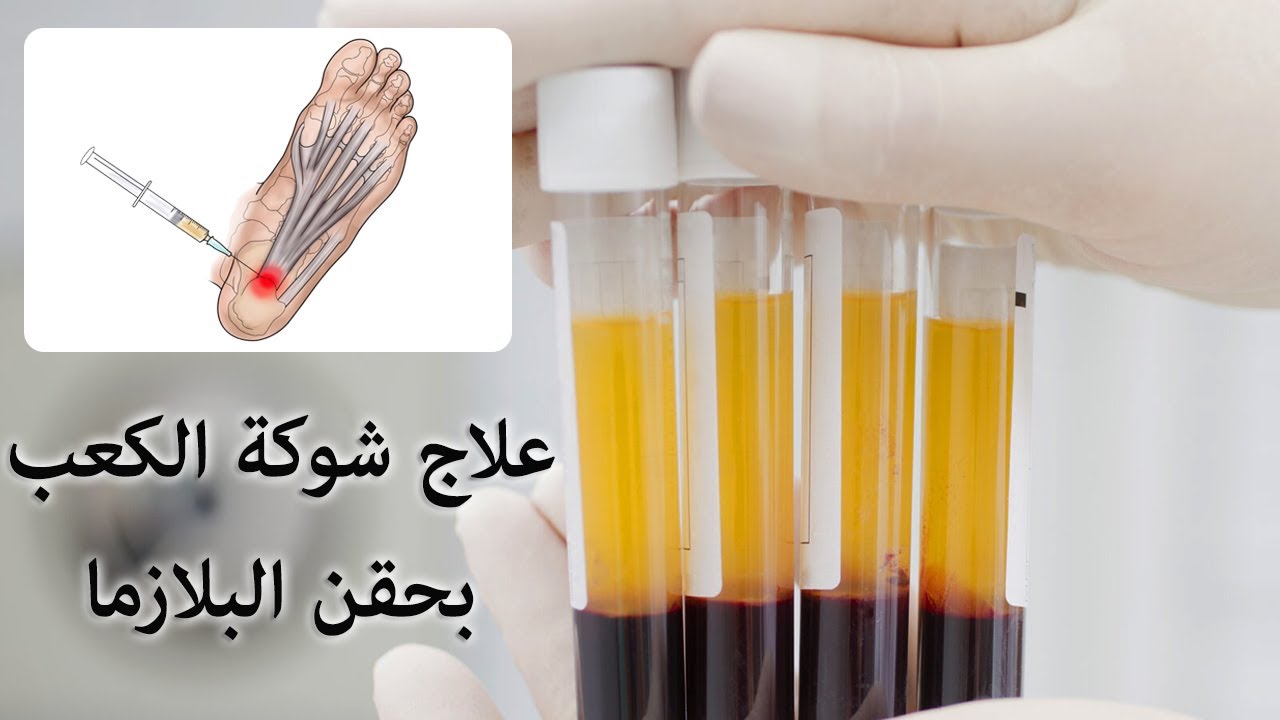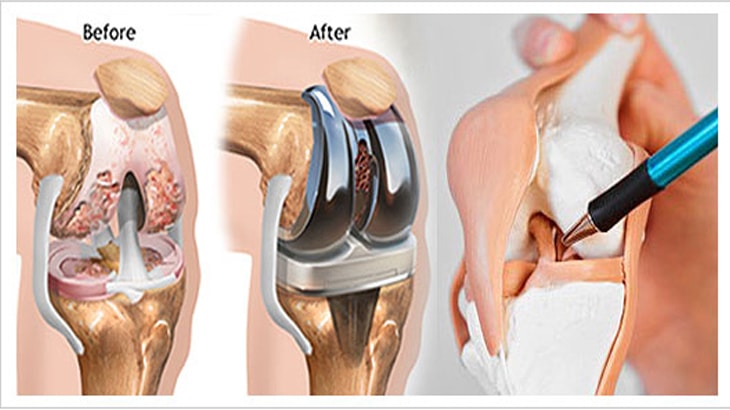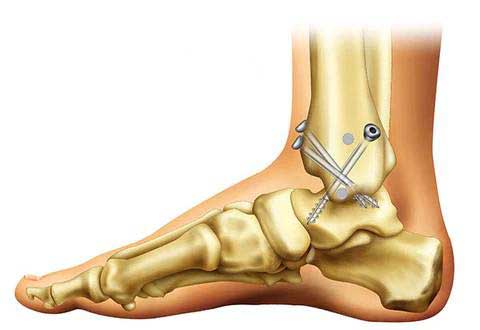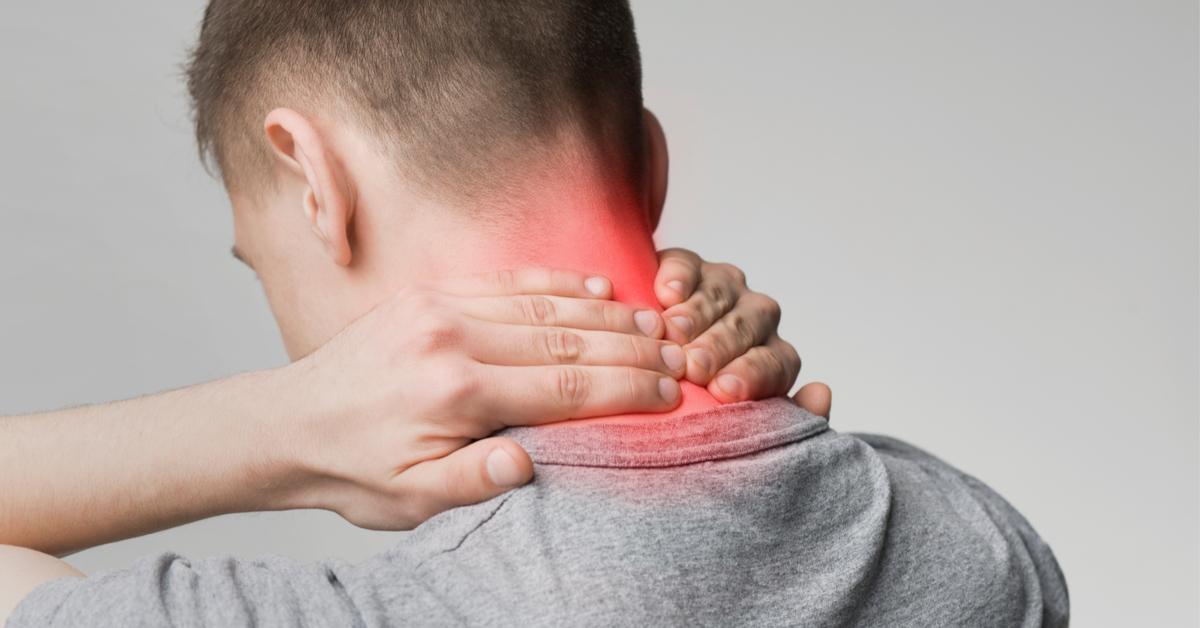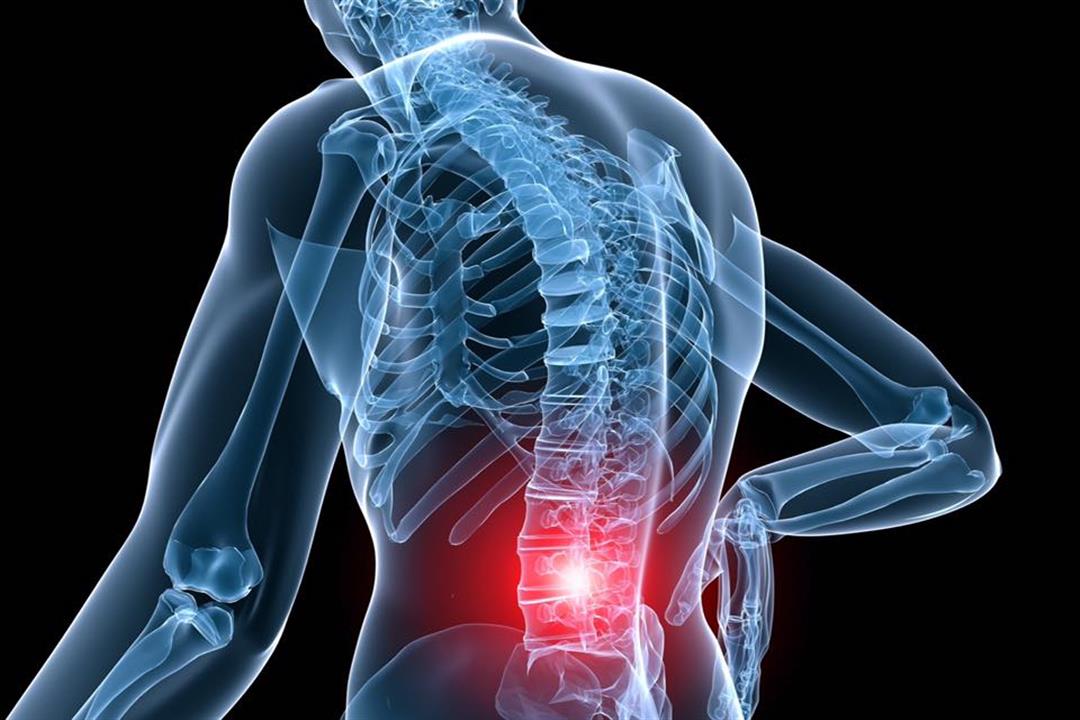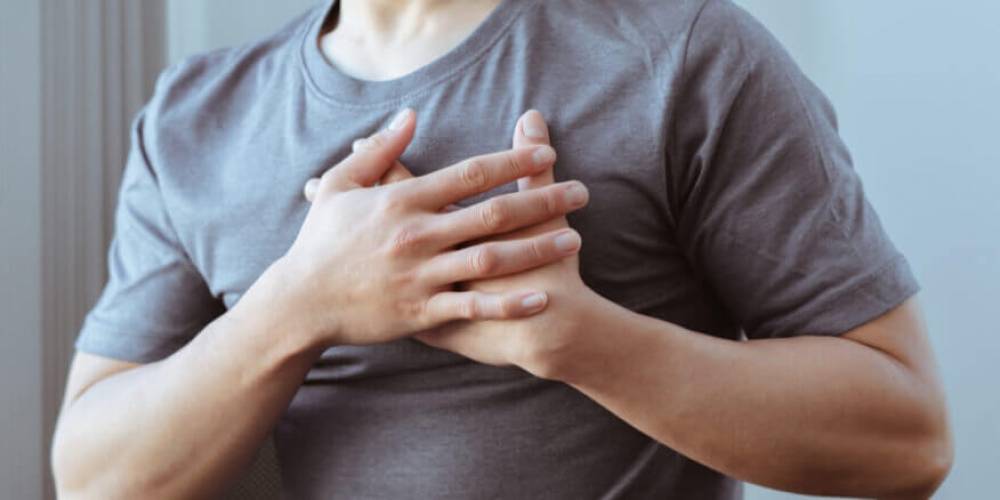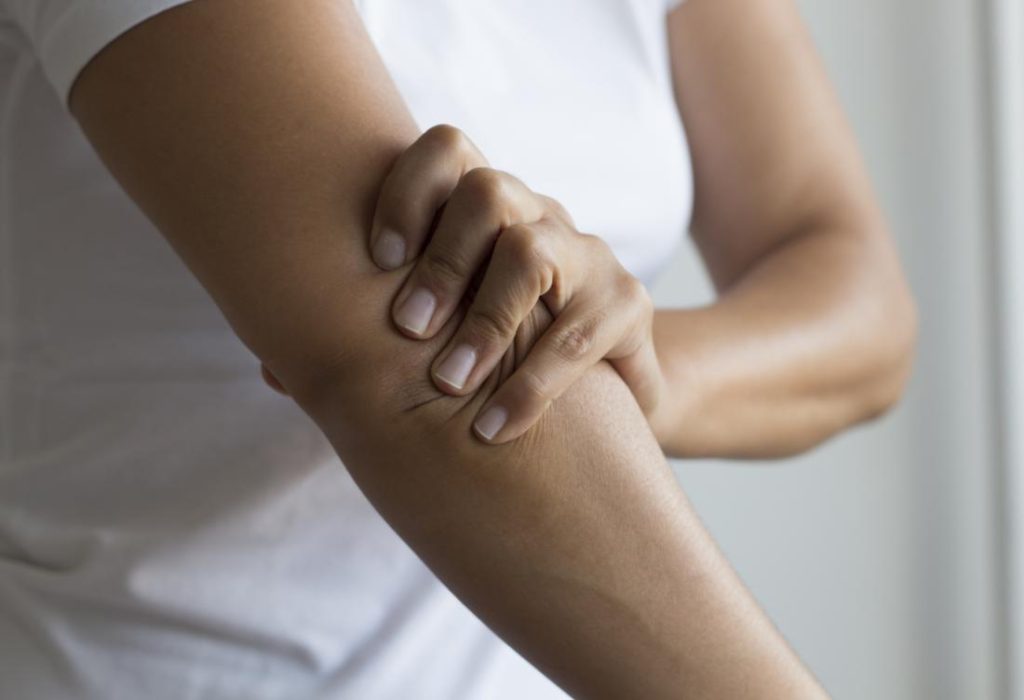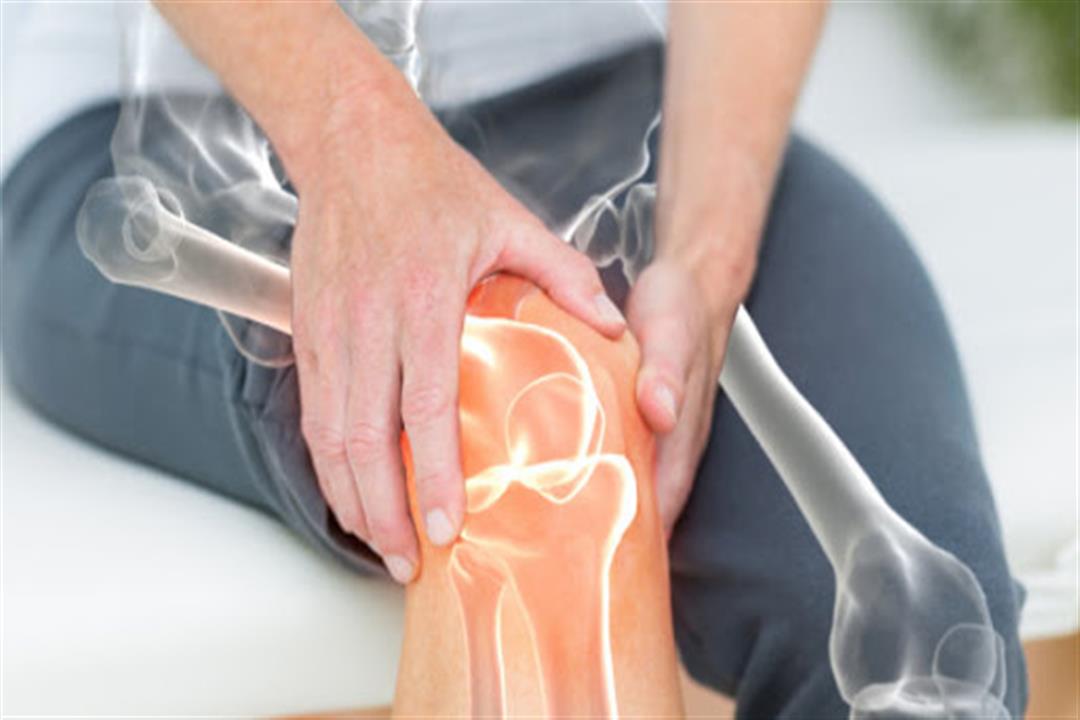What are back bruises?
Bruises are spots that are blue or purple in color that appears on the skin as a result of some factors, and most likely the situation is not dangerous and goes away on its own within a few days, but some of its types need a special care method, in the following article we will talk about detailed information regarding this subject, let’s read the following.

What are back bruises?
Bruises in the back, which are some spots that are blue or purple in color as a result of exposure to an injury, shock, or a fall on the back area, and the occurrence of an injury in the back leads to the bursting of blood capillaries that are located in an area deep under the skin, and blood resulting from damage to the capillaries The blood seeps into the superficial tissues directly under the skin, leading to the appearance of colored spots, which are known as bruises.
It is noticed that the bruises that are present in the back increase towards the bottom, and this is the effect of gravity on the blood trapped under the skin, and the colors of the bruises vary and may not be in most cases an indication of something serious unless they are associated with some other symptoms, in which case, and most likely the bruises heal on its own within two to four weeks.
What is the treatment for back bruises?
It is better to treat back bruises as soon as they appear, as this makes the effect of the treatment methods better in healing while the bruise is still red, and it is possible to follow the following treatment methods in treatment:
- Use ice packs and place them on the back for 20 minutes, taking care that the ice is not directly on the skin, but rather it should be wrapped in a piece of cloth so that the skin is not damaged.
- Leaning well while sitting or resting and keeping the back raised as much as possible, as this helps to significantly reduce inflammation and swelling.
- Take some medications that prevent clotting and increase blood flow, such as acetaminophen for pain, instead of aspirin and ibuprofen.
- Two days after the appearance of the bruise on the back, warm compresses can be used for 10 minutes a day.
Lower back pain left with a groin
Lower back pain left with the thigh has many causes, examples of which are:
- Herniated disc.
- A rupture of a disc in the back vertebrae.
- Exposure to muscle tension, causes pressure on the nerves.
- Presence of spinal stenosis.
- Sciatica disorder.
- Exposure to severe nerve infections.
- Adhering to the wrong postures when sitting or standing can cause severe damage to the body.
Symptoms of back infections
There are many symptoms that appear in the individual, from which it is inferred that there are infections in the back, for example:
- Stiffness in both tendons and muscles.
- Suffering from stiffness in the spine, loss of flexibility, and inability to straighten the back or roll the neck.
- Feeling pain in the back and neck, especially in the lower back.
- A note that includes acute back pain is accompanied by a high temperature, a feeling of fatigue, and chills.
- Difficulty breathing well and suffering from insomnia.
Treating lower back pain radiating to the groin
In many cases, lower back pain that extends to the thigh may go away on its own within a few days, but it may be necessary to follow some methods of treatment, and the following methods can be followed:
- Take care to avoid pressure on the lower back and not to do any activities that may expose it to stress.
- The body must remain active so as not to become stiff, but be careful not to overdo it.
- Sleeping enough hours has a very good effect on the health of the body and keeps it in good shape.
- Use back pillows to be healthy.
- Commitment to the physical therapy program is determined by the specialist doctor.
- Take muscle relaxants according to the doctor’s instructions, and adhere to the doses that he determines.
- Follow correct body positions when sitting or standing.
Treatment of lower back pain in men
In order to treat lower back pain in men, the following treatment methods are used:
- In the first days of feeling pain, he should apply cold compresses to the injured area.
- After a few days, warm water is applied, alternating between each, on the lower back.
- When doing compresses on the lower back, the duration should not be more than 20 minutes.
- The use of some muscle relaxants, which are anti-spasmodic, pain relievers, and non-steroidal anti-inflammatory drugs such as ibuprofen.
- Follow the method of manual therapy by conducting massage sessions with physiotherapists to correct the spine.
- Doing a set of exercises that focus on strengthening the muscles in the lower back without putting pressure on them to prevent further damage.
- Reducing inflammation that causes lower back pain by taking corticosteroid injections.
- Antidepressants may be used as they prevent pain signals from being sent to the brain, but care must be taken to consult a specialist before doing so.
- In the event that the previous treatment methods fail to show the required results well, the doctor may resort to surgical intervention, in that case, to get rid of the cause of the problem once and for all.
Causes of lower back and hip pain
There are many reasons that may lead to severe pain in the lower back and hip area, such as:
- Stress and sprain: Exposure to any of the strains and sprains causes the individual to feel pain in the lower back area, and this pain may reach both the buttocks and the leg and makes the individual unable to move well, and this occurs as a result of exposure to an injury during exercise and pressure on the lower back area in a Great while lifting heavy weights.
- Ankylosing spondylitis: Ankylosing spondylitis is a chronic condition in which inflammation occurs in the joints and vertebrae that reside in the spine, and this causes pain and stiffness in the back up to the foot.
- Lumbar herniated disc: This is a ruptured disc in the lower back, and this disc presses on the spinal nerve, which leads to severe pain in the lower back.
- Sciatica: It is nerve pain as a result of an injury to the spinal nerve. This pain is in the lower back and spreads all the way to the leg, causing a feeling of weakness and tingling in the muscles in the leg.
- Fibromyalgia: This causes chronic pain that the individual suffers from in the lower back area, and the pain intensifies from one person to another and may be continuous or appear at intermittent periods.
- Arthritis: Suffering from arthritis accompanies many symptoms, such as feeling pain in the lower back and hips that may spread to the hips, and there are many diseases that cause arthritis such as osteoporosis and rheumatoid arthritis.
- Spinal infection: Inflammation of the spine or surrounding tissues leads to back pain, especially if the infection is caused by damage to the spinal nerves, and this causes pain and tingling.



